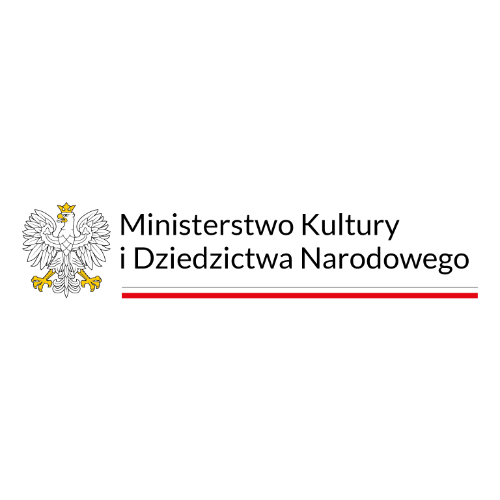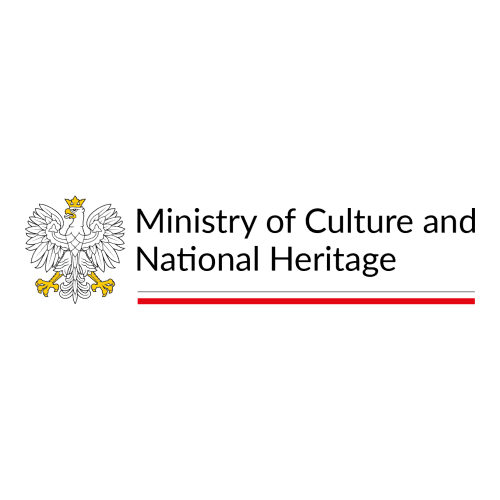What is a conductor for?
Lecture and workshop
In 1870 Giuseppe Verdi was approached with the request to write an opera for the new Khedivial Opera House in Cairo, erected on the orders of Isma'il Pasha, the viceroy of Egypt. At first the composer initially refused the offer despite a hefty fee. Eventually, however, possibly prompted by a series of unfortunate events and a read of a prose scenario for the opera provided by Camille du Locle, Verdi committed himself to the task.
Having accepted this rather usual commission, Verdi had to work out a compromise with himself, leaving aside the principles he had formulated and applied when writing all his previous operas. That is perhaps why the failure of Un ballo in maschera, whose Naples premiere had not taken place after the composer rejected changes introduced by censors, the frigid reception given to the first version of La forza del destino by the critics and audiences, and the publication of the famous To Italian Art - Sapphic Ode with Glass in Hand by Arrigo Boito who failed to appreciate Verdi’s work – contributed to the birth of this great yet singular opera by Verdi.
Paradoxically, although he rejected the style of grand opera, Verdi decided to create a spectacular large-scale work that would attract huge crowds. The four-page prose scenario was devised by well-known French Egyptologist Auguste Mariette-Bey, yet the actual libretto was written in verse by Antonio Ghislanzoni.
All of the efforts produced a moving musical tale of love between Aida, a slave at the Pharaoh’s court, and Egyptian military commander Radamès who chooses his heart over his country and his Gods, becoming a tragic protagonist not unlike those in Sophocles plays. Love that goes against the raison d’état as defined by priests leads to Aida’s demise as she suffers the consequences of her beloved’s choices.
Having opened in Cairo on 24 December 1871 and less than seven weeks later in Milan’s La Scala, the opera began a triumphant march across the world’s opera houses. The splendid spectacle still attracts today’s audiences with its extraordinary score, fantastic sets inspired by the ancient world, exquisite duets, in particular the final one sung by Aida and Radamès, and numerous crowd scenes featuring a chorus and extras. To think that this grand work, despite being untypical for Verdi, was written and orchestrated in just four months.
Italian musicologist and music critic Massimo Mila believes that Aida is an opera that is stage directors and designers find hard to modernise without compromising on the work’s splendour. This makes it a perfect choice for those who cherish classical opera productions.
The lecture will shed light on the many aspects of conducting and will conclude with a workshop for the participants.
'What is a conductor for?', 'After all, everybody in the orchestra has their own sheet music', 'They are not even looking at the conductor', 'A woman conductor?' – these are among the most frequently asked questions regarding the role of an orchestra conductor. In its first part, the lecture will address them all, covering the responsibilities that come with the job and qualifications that a conductor must have, with particular emphasis on those that are not in plain sight during a concert or show. As part of a practical exercise, the participants will try clapping or singing as directed by the conductor, which is akin to what orchestra musicians or choristers do when preparing and performing a work of music.
In the second part, we will be joined by two pianists who will play piano reductions on two pianos to imitate a symphony orchestra (which is what happens during conducting studies or rehearsals at opera houses), giving the participants a chance to conduct a piece of music. Apart from the conducting technique, their workshop will also introduce the attendees to dynamics, tempo, articulation, communication with the orchestra, and interpretation.
The meeting with conclude with a Q&A session. Duration: 90 minutes.For senior audiences.
Conceived and led by MARTA KLUCZYŃSKA
Sponsors
-
Partnerzy Akademii Operowej
-
Partnerzy Teatru Wielkiego - Opery Narodowej
-
Patroni medialni
-
Partners of the Opera Academy
-
Partners of Teatr Wielki – Polish National Opera
-
Media patrons










